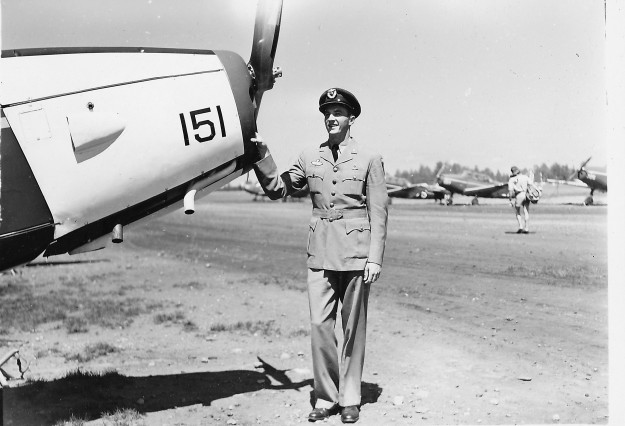Posted last November
About Little Norway
https://www.norwegianaviationmuseum.com/
More later on.
This is part of Little Norway history here:
https://www.norwegianaviationmuseum.com/fairchild-pt19-cornell
American two-seater training aircraft for beginners
Cornell
History
This trainer was originally developed for the American Army Air Force (USAAC) in 1939. The aircraft factory Fairchild designated it M-62, but during the war the aircraft type was further developed and given the American designations PT-19, PT-23 and PT-26. The external difference originally was that they had respectively an open cockpit (PT-19) and enclosed cabin (PT-26). PT stands for ‘Primary Trainer’. In total 8,130 of these aircraft, in different variants, were built by Fairchild Cornell.
After the battles in Norway during the second world war were over, a training camp known as “Little Norway” was established in Toronto, Canada. The Fairchild PT-19 Cornell was chosen as the training aircraft. In the early years 35 aircraft were purchased using Norwegian funds, or were received as gifts. From 1942 to 1944, 50 PT-26s were supplied on lease-lend conditions. After the war the Cornell was used as a trainer by the Flying School and as a communications aircraft by squadrons and stations. Between 1955 and 1958 all the aircraft were disposed of to civilian users.
The Royal Norwegian Air Force Museum’s Cornell was originally a Fairchild M-62B/PT-26. The aircraft was built under licence in Canada, taken over by the Norwegian authorities and marked with the registration 261 in “Little Norway”. After the aircraft came to Norway post-war it led a roaming existence between military and civil users. The aircraft crashed while landing at Hamar in 1952. It was later re-built using parts from a PT-19 and flew for a short time on the civil register as LN-BIS. Back with the RNoAF the aircraft was transferred to the Norwegian Defence Museum and chosen to convey the topic of the training camp “Little Norway” in the Royal Norwegian Air Force Museum.
Description
The fuselage is painted light blue and the wings are in ‘training yellow’. On the top and bottom of the wings, and on the rudder, are bands in the Norwegian national colours. The aircraft has its registration number, 163, in white on each side of the fuselage. The name ”Spirit of Little Norway” is painted in yellow on the engine cowling.
As well as this…






